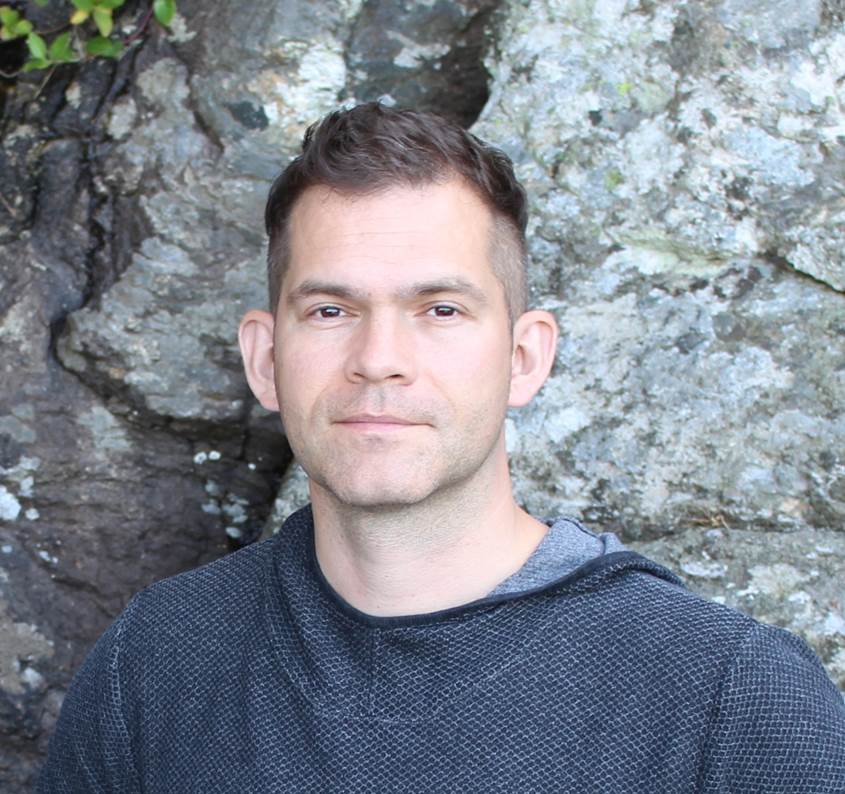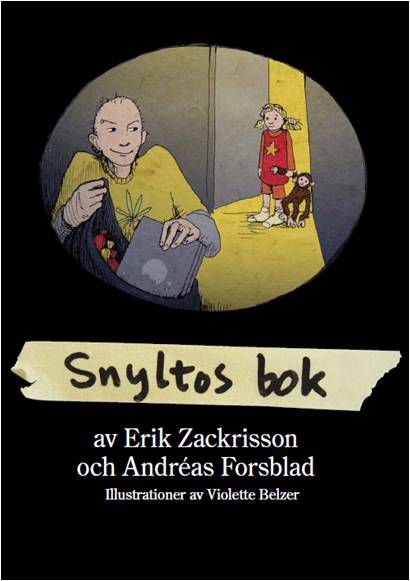Erik Zackrisson
Professor of Astrophysics

Photographer: Anna Stoorhöök
Research interests
The first stars and galaxies
Gravitational lensing
Searching for extraterrestrial intelligence
Contact information
Department of Physics and Astronomy
Uppsala University
Box 516
751 20 Uppsala
Sweden
Phone: +46 (0)18 471 5975
Email: erik.zackrisson [@] physics.uu.se

